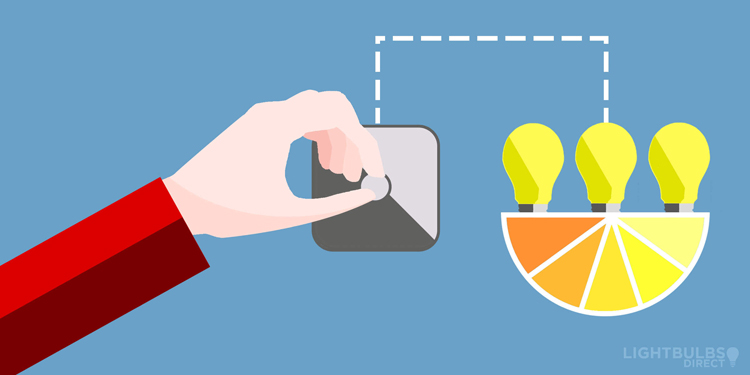
There are many ways to control the light in your home, from a simple switch to a complete home automation system. The basic wall box control has made tremendous advances with new technologies. The simple toggle switch has been in use since 1916 and is still in use today, but this old standby is rapidly being replaced with various rocker shapes and styles.
Whether you control the light of a single room or the whole house, there are benefits. With dimming control, the levels of light can change from comfortable soft illumination to very bright “clean up” mode. Saving energy is another benefit of using dimmer controls if you are still using incandescent lamps. Dimming and the LED Dimming an LED light source provides the same benefits of additional energy saving and proper light levels for the use of the space. There are some aspects of LED dimming that you must know and they are:
1. All screw-on LED bulbs are not dimmable; you must use a dimmable bulb in order to dim the bulb. The packaging will be clearly labeled if the bulb inside can be dimmed or not. Still not sure? Look at the bulb itself and it should have the caution statement: “not for use with dimmers” marked directly on it.
2. Check for the minimum load requirement. The minimum load requirement for the dimmer is the amount of energy drawn it will take to get the dimmer to operate the LED lamp correctly. The typical range for operation is 10w-100w.
3. If there is dimmer incompatibility, flicker will occur and possibly there will be no dimming at all.
4. Dimming LEDs also makes them run cooler. When LEDs run cooler they last longer. This is because the LED is made from electrical components. Dimming could double the life of a lamp, or perhaps even longer.
5. Do not mix wattage or brands of LED lamp fixtures with multiple lamps, such as in a chandelier.
